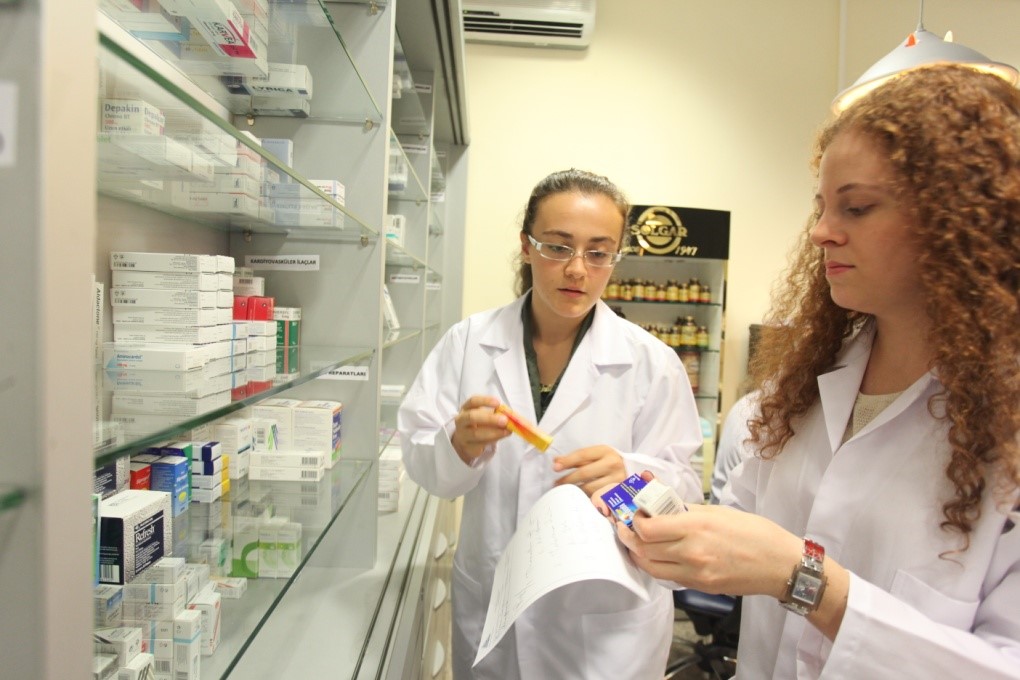
What is Physical Treatment?
The American Physical Therapy Association specifies physical therapy as "... a health occupation whose primary function is the promo of optimal human health and function through the application of clinical principles to avoid, determine, evaluate, remedy, or alleviate acute or prolonged movement dysfunction".
Physical Therapy is a profession whose main function is the repair, upkeep, and promotion of optimal health, function, and quality of life for people of any ages. The science of physical treatment involves the application of healing methods, strategies, and interventions that assist restore an individual to their maximum physical potential. The art of physical therapy is helping people help themselves.
In laws and policies defining practice, physical therapy is often specified as the care and services supplied by a physiotherapist or a physiotherapist assistant under the instructions and guidance of a physical therapist, and include:
Minimizing disability and practical constraint by designing, carrying out, and modifying healing interventions;
Avoiding injury, impairment, practical constraint and impairment; and Participating in consultation, education, and research.
More details about the occupation of physical treatment may be obtained by visiting the American Physical Treatment Association's web website at www.apta.org
Who are Physical Therapist Assistants?
Physical Therapist Assistants, or PTA's, are skilled healthcare companies who work with and under the instructions and supervision of a physiotherapist to provide physical treatment services. In order for a private to practice as a PTA, they must finish from a recognized PTA program and successfully pass a licensing/certification test.
PTA's play an integral role in supplying physical therapy services for people with various specials needs. When a client looks for or is referred for physical treatment services, the physical therapist carries out an initial examination and lays out a plan of care. The PTA can then carry out all or part of the treatment plan as advised by the physiotherapist.
The American Physical Treatment Association recognizes the PTA as the only person who helps the physiotherapist in the delivery of chosen physical treatment interventions.
What does a Physiotherapist Assistant do?
The physiotherapist assistant (PTA) carries out physical therapy interventions and related tasks under the direction and guidance of a physiotherapist. Such duties may include training patients in healing workout and activities of everyday living, using physical representatives such as cold, heat, electrical power, or water for pain relief and healing, advising individuals in using assistive gadgets for strolling, participating in wound care, promoting wellness and injury prevention, offering patient and household education, training clients in wheelchair activities, assisting the physiotherapist in performing client assessments and intricate interventions, and much more.
The PTA also monitors the client's response to treatment, carries out various tests and procedures, documents pertinent aspects of client care, and maintains ongoing interaction with the supervising physiotherapist, in addition to other healthcare specialists.
What is the difference between a PT and a PTA?
The physical therapist (PT) and the physical therapist assistant (PTA) differ in instructional preparation and levels of duties as it connects to the arrangement of physical treatment services.
Today, the frustrating bulk of PT schools inform physiotherapists at the Doctorate level, although numerous practicing therapists were informed when programs required just a Master's or Bachelor's degree. The PTA is educated at the Partner's degree level, which typically relates to two years of college.
The PTA has a working understanding of the theory behind treatment interventions, knows pathological conditions being dealt with, and understands how to apply modalities and strategies utilized to deal with those conditions.
The PT has comprehensive education in evaluative skills, research, and administration, as well as innovative coursework in human anatomy, neuroanatomy, orthopedics, pathology, and healing strategies. Both the PT and the PTA need to finish from certified programs and pass a licensing evaluation in miami massage therapy order to practice in their particular roles.
Consumers/patients might look for the services of the physiotherapist directly, or, the patient may be described a physiotherapist by a doctor. The PT performs the initial assessment and examination of the client. The examination will result in a physical treatment diagnosis, and as proper, the PT will establish objectives or results to be accomplished by a physical treatment strategy of care and treatment plan.
The PTA can not perform the preliminary assessment or evaluation; nevertheless, the PTA may help the PT in gathering data. Following the examination of the patient, the PTA may carry out chosen interventions and information collection as directed by the supervising PT. The PTA should always work under the direction and guidance of a physical therapist. The collective relationship in between the PT/PTA is highly reliable and valued, and the team significantly contributes to the success of the total rehabilitation procedure.